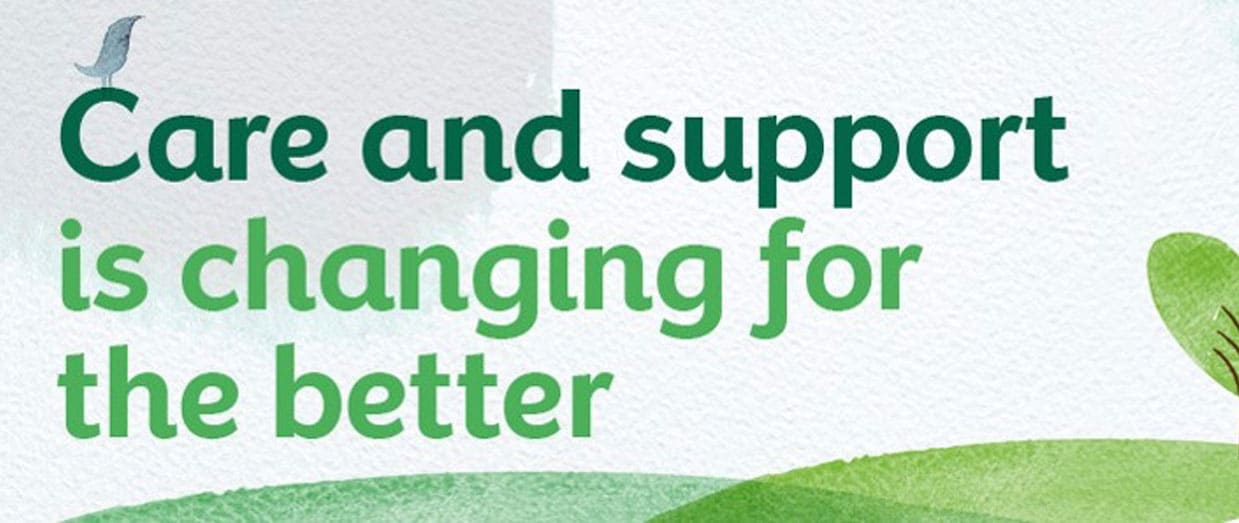In this week’s issue of the Nursing Times there are 2 very useful and informative articles by Annemarie Brown on wound care: Phases of the wound healing process and The principles of holistic wound assessment . What occurs to me, as a non-clinician, is that I rarely read articles like this. I read the HSJ, and similar publications focussing on service structure, finance and delivery. I wonder, are those looking to commission these services in the same position?
As much as service specifications are written with a view to working in line with NICE guidelines and national standards, how much emphasis is placed on the delivery of wound outcomes for patients? How are these wound outcomes monitored and assessed? Are wound management services commissioned to drive best practice in holistic wound assessment for optimal outcomes as per Annemarie Brown’s article?
“1. Assessment should include observing the whole patient, not just the wound
- Wound assessment forms are useful tools for accurately documenting the condition of a wound
- Assessing the wound bed enables nurses to plan treatment options
- A wound should be measured at least weekly – or more frequently if the appearance of the wound changes – so its progress can be monitored
- The underlying cause of the wound informs the treatment plan”
When you see an image like that attached to the article, you want an outcome. You want the patient to have an effective treatment, which is fully assessed and monitored to ensure the patient is achieving the best healing possible.
A recently published report from the Cochrane Group identifies the prevalence of stage 2 and above pressure ulcers at 9-10.5% of the hospital population, and the overall cost for pressure ulcer treatment in the UK over 10 years ago was estimated to be £1.4-2.1 billion. This review highlighted the lack of certainty and consistency with collecting data in wound care as it is open to subjectivity.
When we come to look at a local level, commissioning for outcomes, what data is available to demonstrate the effectiveness of services? Are current services in a position to demonstrate the effectiveness of what they do for CCG commissioners? We are all aware that volume and variety of wounds from pressure ulcers to diabetic foot ulcers places enormous pressure on those delivering services, but do current services allow staff to feedback the true figures for the care and outcomes they deliver?
How do you ensure commissioning of the best services across the spectrum of chronic and complex wounds, which ensure the best outcomes? What would you consider as essential within a service specification for management of patients with leg ulcers, pressure ulcers and diabetic foot ulcers?



